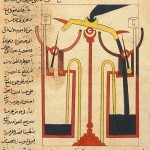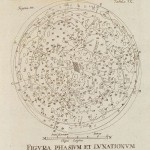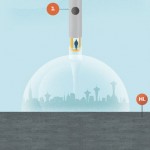Depictions of the world from the Iron Age to the Age of Discovery and the emergence of modern geography during the early modern period.
(Informations and images from Wikipedia)
update: due to an excess of page views for this particular post, we are obliged to reduce temporarily the big images in a preview gallery. Click on the thumbnails to open the original size files
Click titles for further details:
Babylonian Imago Mundi (c. 600 BCE)
Anaximander (c. 610 – 546 BCE)
Hecataeus of Miletus (c. 550 – 476 BCE)
Strabo (c.64 BCE – 24 CE) (See also: Strabo’s Geographica)
Ptolemy (c. 150) (See also: Ptolemy’s Geographia)
Tabula Peutingeriana (4th century)
Cosmas Indicopleustes’ map (6th century) (See also: Cosmas Indicopleustes’ Christian Topography)
Isidore of Sevilla’s T and O map (c. 636)
Ibn Hawqals map (10th century)
Anglo-Saxon Cotton world map (c. 1040)
Beatus of Liébana’s Mappa Mundi (1050)
Mahmud al-Kashgari’s map (1072)>
Al-Idrisi’s Tabula Rogeriana (1154)
Pietro Vesconte’s world map (1321)
Da Ming Hun Yi Tu world map (1389)
De Virga world map (1411-1415)
Behaim’s Erdapfel globe (1492)
Waldseemüller and Ringmann map (1507)
Mercator world map (1569) (See also Gerardus Mercator)
“Theatrum Orbis Terrarum” by Abraham Ortelius (1570)
“Nova totius Terrarum Orbis” by Hendrik Hondius (1630)






Para los que gustan de los mapas, creo que es una fantástica colección. Interesante ver la gran presisión de mapas de la era griega y romana, naturalemnte en su aproximación plana y reducido mundo euroasiático.